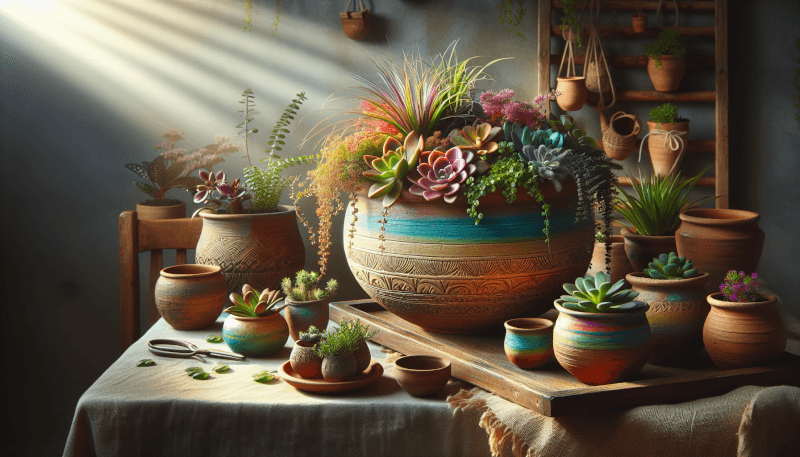In the world of gardening, container gardening has become a popular trend for both experienced gardeners and beginners alike. This art form allows you to bring nature’s beauty into your own space, whether it be a sunny balcony or a small backyard. However, the key to successful container gardening lies in choosing the right pots and planters. It’s not just about aesthetics, but also about providing the best growing conditions for your plants. From size and material to drainage and style, each decision plays a crucial role in nurturing your green thumb. So, let’s explore the art of container gardening and discover how to choose the perfect pots and planters for your thriving garden. Container gardening is a wonderful way to add beauty and greenery to your home or outdoor space. Whether you have limited yard space or simply love the versatility of container gardening, selecting the right pots and planters is essential for the health and growth of your plants. In this article, we will explore the importance of choosing the right pots and planters, including considerations for size and shape, materials, drainage, soil, aesthetics, environmental factors, and even creative ideas for designing stunning container gardens.
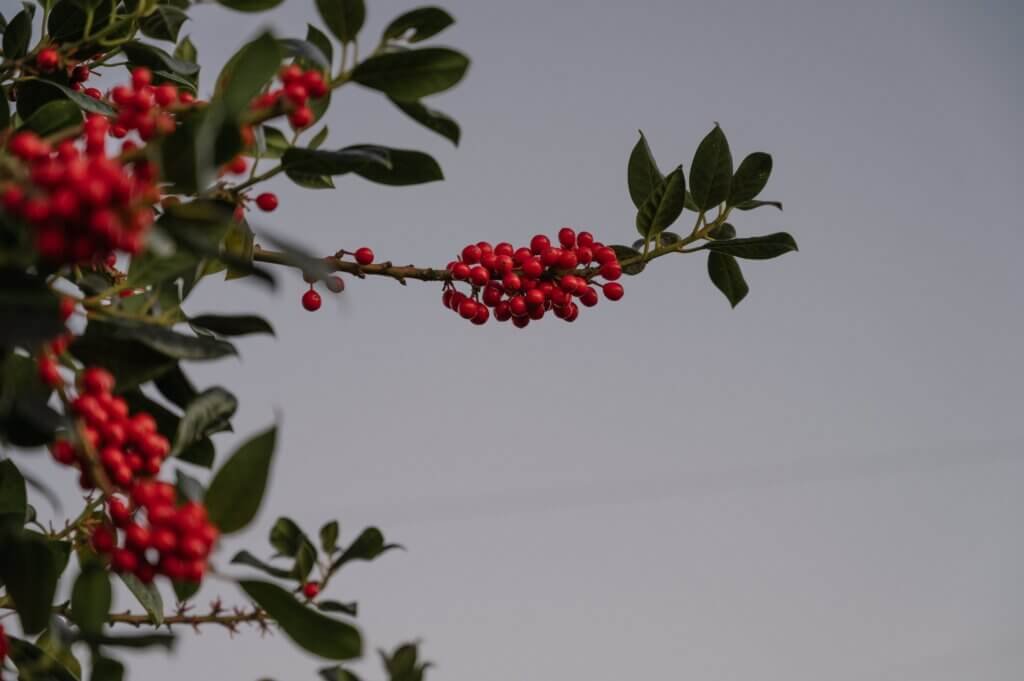
Choosing the Right Pots for Healthy Plant Growth
The pots you choose for your plants play a crucial role in their overall health and growth. Consider the following factors when selecting pots:
Choosing the Right Size for Your Plants
Selecting the appropriate pot size for your plants is crucial for their well-being. A pot that is too small may restrict root growth, leading to stunted plants, while a pot that is too large can cause excess moisture retention, leading to root rot. Consider the mature size of your plants and choose pots that provide sufficient space for root development, allowing for healthy growth.
Considerations for Plant Spacing
In container gardening, space can be limited. It is important to consider the spacing requirements of your plants when choosing pots. Some plants, such as vegetables, may need more space for their root systems, while others, like succulents, can thrive in smaller pots. Be mindful of plant spacing to ensure each plant has adequate room to grow.
The Influence of Pot Shapes on Plant Growth
The shape of the pot can also impact your plant’s growth. Taller pots with a narrower base can be beneficial for plants with deeper, taproot systems. On the other hand, shallower pots are suitable for plants with more shallow root systems. Consider the natural growth habits of your plants when selecting pot shapes to provide the optimal growing environment.
Determining the Suitable Material for Containers
When choosing pots and planters, it is essential to consider the materials they are made of. Different materials offer varying advantages and considerations:
Advantages of Clay Pots
Clay pots have long been a popular choice among gardeners. They are known for their excellent drainage properties, allowing excess water to evaporate quickly. Additionally, clay pots are porous, allowing air to reach the roots and providing better oxygenation. However, clay pots can dry out more quickly compared to other materials and may require more frequent watering.
Benefits of Plastic Containers
Plastic containers offer several advantages for container gardening. They are lightweight, durable, and less likely to break compared to clay pots. Plastic containers also retain moisture well, reducing the frequency of watering. However, they may not provide the same level of breathability as clay pots, which can lead to waterlogged soil if drainage is not adequate.
Considerations for Wooden Planters
Wooden planters can add a natural and rustic touch to your container garden. They are insulating, helping to regulate soil temperature, and can be a durable choice when properly maintained. However, wooden planters may require regular sealing or treatment to resist rot and decay caused by moisture and exposure to the elements.
The Versatility of Metal Pots
Metal pots, such as those made from stainless steel or galvanized iron, offer a contemporary and sleek look to your container garden. They are durable, resistant to harsh weather conditions, and can provide excellent drainage. However, metal pots can heat up quickly under direct sunlight, potentially causing damage to the roots. Consider using metal pots in shaded areas or using insulation techniques, such as lining the inside with foam or placing empty plastic bottles at the bottom to reduce heat transfer.
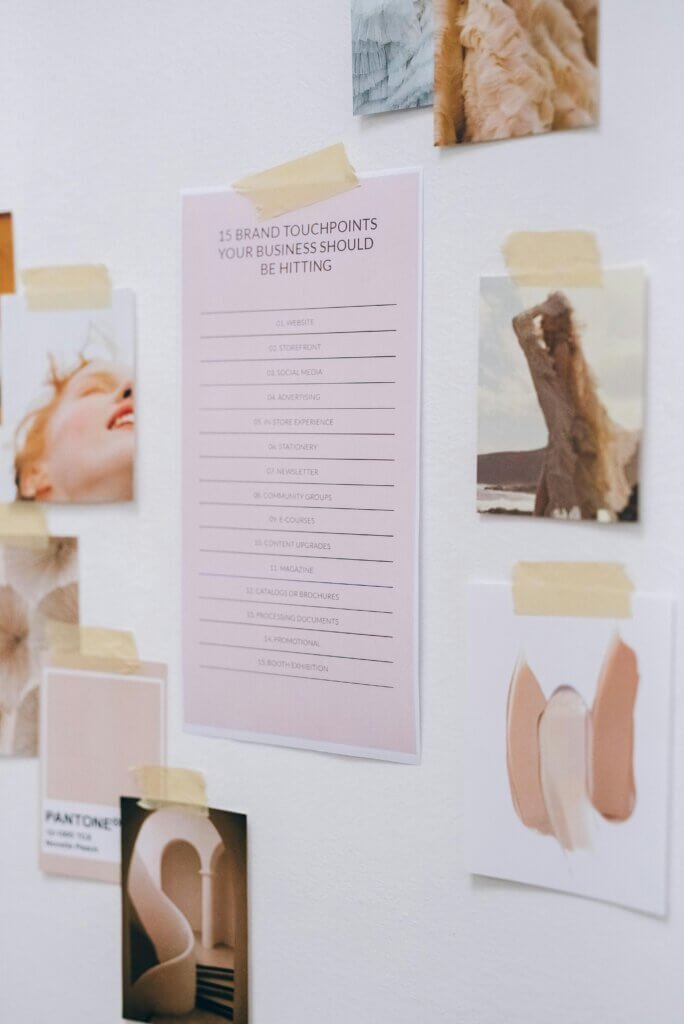
Ensuring Proper Drainage
Proper drainage is crucial for the health of your plants. Without adequate drainage, excess water can accumulate in the pot, leading to root rot and other moisture-related problems. Consider the following tips for ensuring proper drainage in your pots:
Importance of Drainage in Container Gardening
Drainage is essential in container gardening because it allows excess water to escape, preventing waterlogged soil and promoting healthy root development. Without proper drainage, plants can suffocate, leading to poor growth and possibly death.
Choosing Pots with Sufficient Drainage Holes
When selecting pots, ensure that they have sufficient drainage holes to allow water to escape. Ideally, pots should have multiple holes at the bottom to facilitate proper drainage. Avoid using pots without drainage holes or pots with only one small hole, as these can hinder water movement and cause water to collect in the bottom of the pot.
Methods for Creating Drainage in Pots without Holes
If you have fallen in love with a pot that lacks drainage holes or want to repurpose a container without holes, there are methods to create drainage. Use a drill with a drill bit suitable for the pot’s material to create holes at the bottom. Alternatively, you can place a layer of small rocks or broken pottery at the bottom of the pot before adding soil. This creates space for excess water to collect, preventing it from saturating the roots.
Understanding Soil Requirements
Choosing the right soil for your plants is vital for their overall health and growth. Consider the following factors when determining the appropriate potting soil:
Determining the Appropriate Potting Soil
Potting soil, also known as potting mix or container mix, is a specially formulated soil blend made specifically for container gardening. It provides the necessary nutrients, drainage, and aeration for plants in pots. When selecting potting soil, look for a mix that is lightweight, well-draining, and suitable for the types of plants you wish to grow.
Importance of a Well-Draining Soil Mix
Well-draining soil is crucial for container gardening. It allows water to flow freely through the pot, preventing waterlogging and root rot. Look for potting soil that contains materials such as perlite, vermiculite, or sand to improve drainage. Avoid using dense or compacted soils, such as garden soil, which can retain moisture and impede root growth.
Modifying Soil for Specific Plants
Different plants have different soil requirements. Some plants, like cacti and succulents, prefer well-draining soils with minimal moisture retention. Others, such as water-loving plants like ferns, thrive in moisture-retentive soils. Consider the specific needs of your plants and modify the potting soil accordingly by adding organic matter, perlite, or sand to create the optimal soil mix.
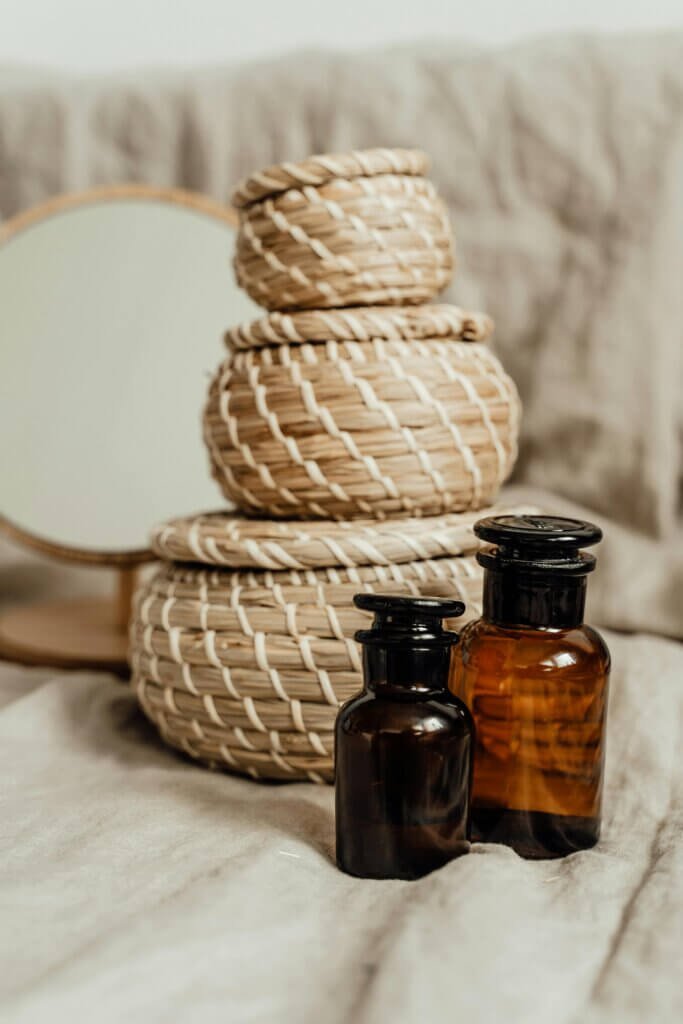
Enhancing Aesthetic Appeal with Container Selection
Container gardening not only offers the opportunity to cultivate plants but also allows for artistic expression and creativity. Consider the following tips to enhance the aesthetic appeal of your container garden:
Aligning Pot Choices with Garden Styles
Container garden pots can be chosen to complement your existing garden style. From traditional terracotta pots for Mediterranean-inspired gardens to sleek and modern designs for contemporary landscapes, the possibilities are endless. Consider the overall theme or style of your garden and choose pots that harmonize with the surroundings.
Using Color and Texture to Complement Plants
Pots and planters come in various colors and textures, adding visual interest to your container garden. Consider selecting pots that complement the colors and textures of your plants. For example, vibrant flowers can be complemented with neutral-colored pots to allow the plants to take center stage, while textured pots can add depth and visual appeal to leafy foliage plants.
Creating Focal Points with Unique Container Designs
Container gardens offer the opportunity to create focal points within your outdoor space. Unique and eye-catching container designs can serve as focal points that draw attention and create visual interest. Consider using oversized pots, unusual shapes, or even repurposed items as containers to add a touch of creativity to your garden.
Considering Environmental Factors
When choosing pots and planters, it is vital to consider the environmental factors that can affect plant growth. Pay attention to the following considerations:
Choosing Weather-Resistant and Durable Pots
Outdoor container gardens are exposed to the elements, including harsh weather conditions. Choose pots and planters that are weather-resistant and can withstand fluctuations in temperature, UV exposure, and wind. Materials such as plastic, metal, or high-quality ceramics are typically more durable and suitable for outdoor use.
Determining the Weight and Mobility of Containers
Consider the weight and mobility of your pots, especially if you plan to move them frequently or if you have limited strength or mobility. Larger pots made of materials like clay or stone can be extremely heavy, making them difficult to move. Lightweight options, like plastic or fiberglass, provide easier mobility while still offering durability.
Protecting Plants from Extreme Temperatures
Extreme temperatures, both hot and cold, can impact your plants’ health. Choose pots and planters that provide some insulation to protect the roots from rapid temperature fluctuations. Insulating materials such as clay and wood can help regulate soil temperature and provide a more stable environment for your plants.
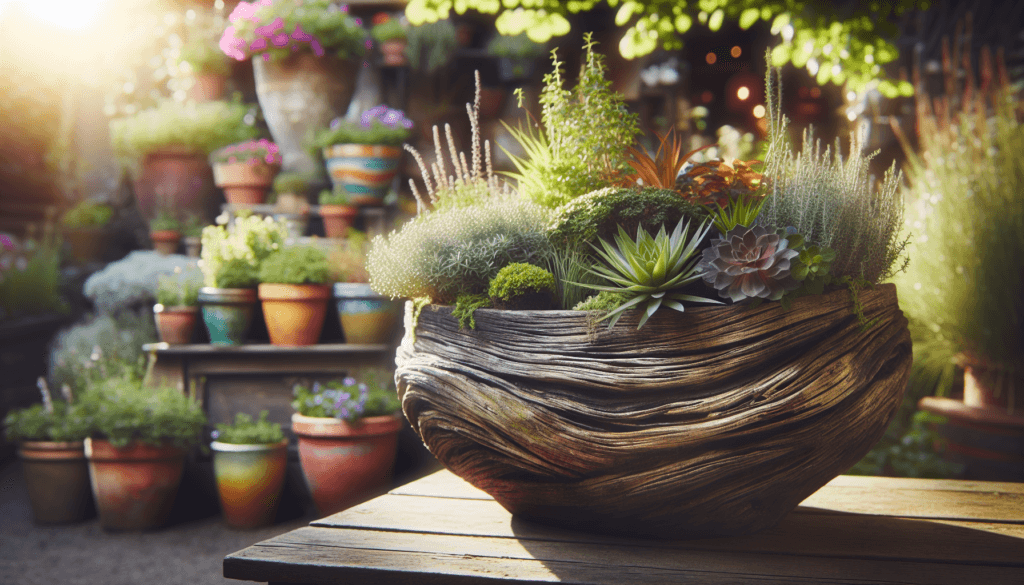
Utilizing Self-Watering Containers
Self-watering planters offer a convenient solution for those with busy schedules or those who may struggle with regular watering. Consider the benefits and tips for successful use of self-watering pots:
Advantages of Self-Watering Planters
Self-watering planters provide a reservoir of water that can be gradually absorbed by the plant’s roots, reducing the frequency of manual watering. They help maintain consistent moisture levels, preventing under- or over-watering, and can be particularly useful during hot summer months or when you are away from home.
How Self-Watering Mechanisms Work
Self-watering containers typically consist of a reservoir at the bottom that holds water, and a wicking system or capillary action that draws water up to the plant’s roots as needed. This allows plants to take up water as they need, ensuring they receive consistent moisture without the risk of waterlogging.
Tips for Successful Use of Self-Watering Pots
To ensure the successful use of self-watering pots, it is important to choose the appropriate potting mix and carefully monitor the water level in the reservoir. Use a lightweight, well-draining potting mix to avoid waterlogged soil. Regularly check the water level in the reservoir and refill as necessary to provide a consistent water supply to your plants.
Maintaining and Cleaning Containers
Regular maintenance and cleaning of your pots and planters are essential for the health of your plants. Consider the following tips:
Importance of Regular Maintenance
Regular maintenance, such as pruning, removing dead leaves, and checking for pests, is crucial for the overall health and aesthetic appeal of your container garden. Monitor your pots regularly and address any issues promptly to prevent the spread of diseases or the infestation of pests.
Cleaning Techniques for Different Materials
Different materials require different cleaning techniques to keep your pots looking their best. For clay pots, scrub them with warm soapy water and a brush to remove dirt and mineral deposits. Plastic pots can be cleaned with a mixture of bleach and water, or you can run them through the dishwasher on a gentle cycle. Wooden planters may need sanding and re-sealing periodically to maintain their appearance.
Preventing Diseases and Pests in Containers
Container gardens are not immune to diseases and pests. Regularly inspect your plants for signs of diseases or pests, such as wilting leaves, discoloration, or insect infestations. Promptly address any issues by using appropriate organic or synthetic treatments to prevent the spread of diseases or infestations to other plants.
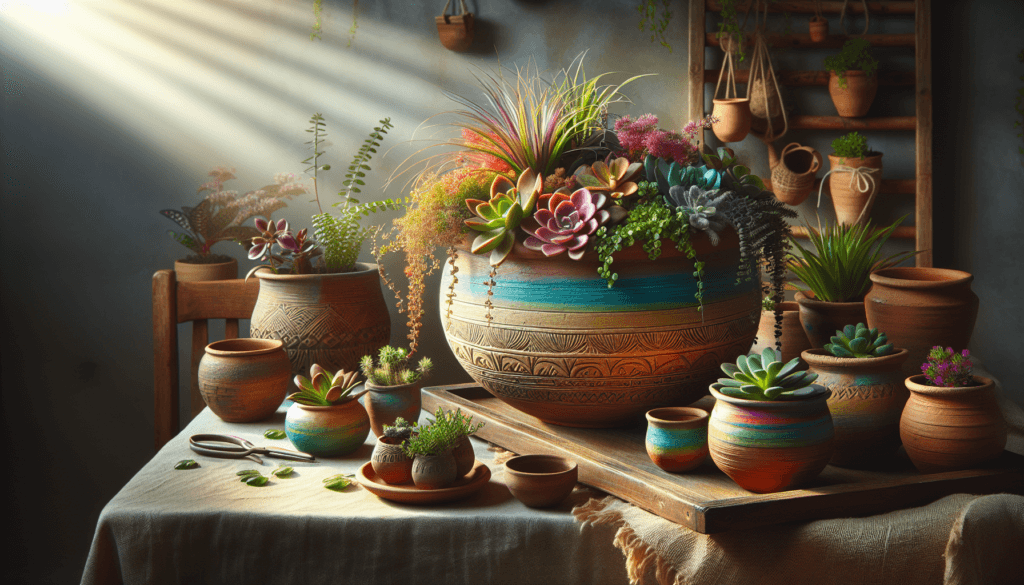
Creative Ideas for Container Gardens
Container gardening offers endless opportunities for creativity and unique designs. Consider the following ideas to elevate your container gardens:
Designing Vertical Gardens in Small Spaces
Vertical gardens are perfect for small spaces or areas with limited ground space. Utilize wall-mounted containers, hanging baskets, or trellises to create a vertical garden. This not only maximizes space but also adds visual interest and allows for the cultivation of a larger variety of plants.
Creating Themed Container Gardens
Themed container gardens can add a touch of whimsy or reflect your personal style. Consider creating herb gardens, succulent gardens, or butterfly-attracting gardens, focusing on specific plants or colors to create a cohesive and visually appealing theme.
Mixing Plants with Different Heights and Textures
Container gardens present an opportunity to mix plants with different heights and textures to create a dynamic and visually pleasing arrangement. Utilize trailing plants to cascade over the edges of taller pots, or combine plants with different leaf shapes and textures to create contrast and interest.
In conclusion, selecting the right pots and planters is vital for the health, growth, and aesthetic appeal of your container gardens. Consider the size and shape of pots, materials, drainage, soil requirements, and environmental factors when making your choices. Embrace your creativity and explore various design ideas to create stunning container gardens that will thrive and bring joy to your space. Happy gardening!

